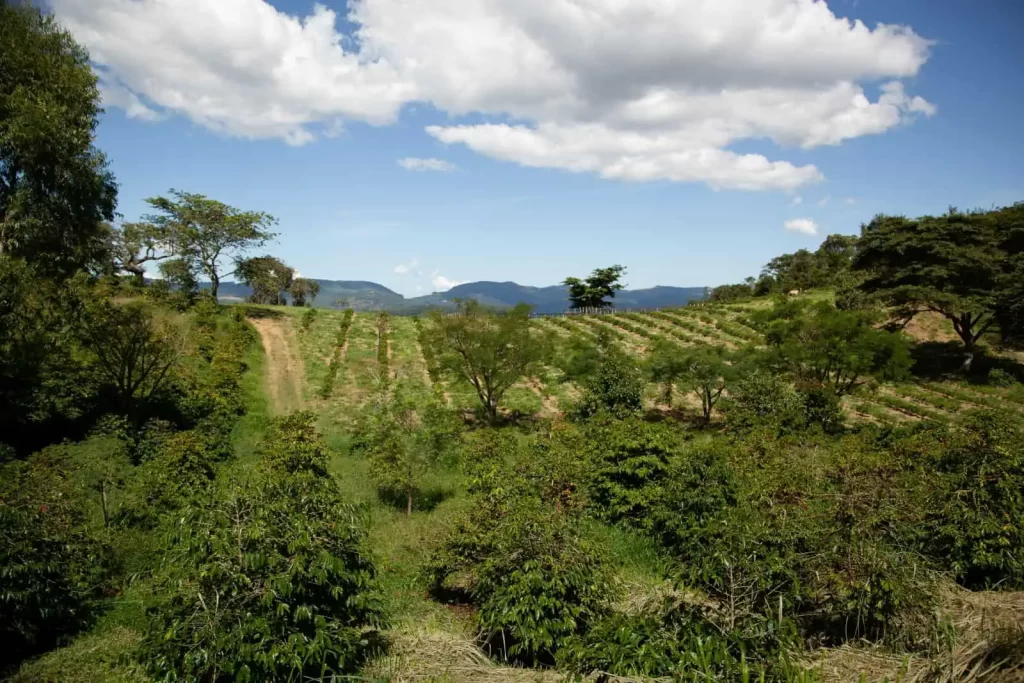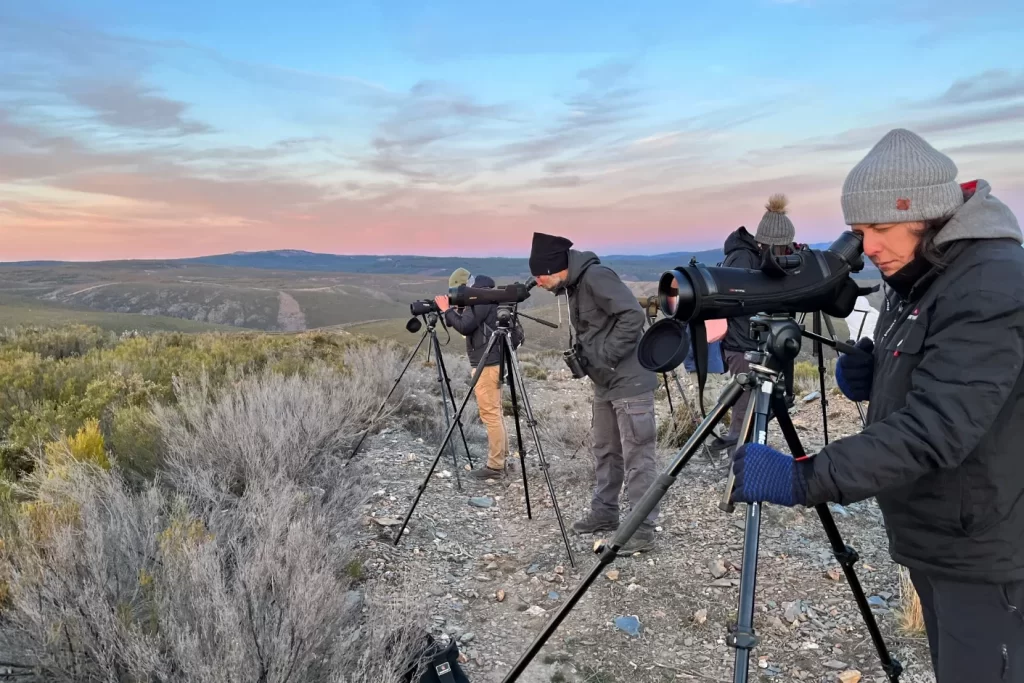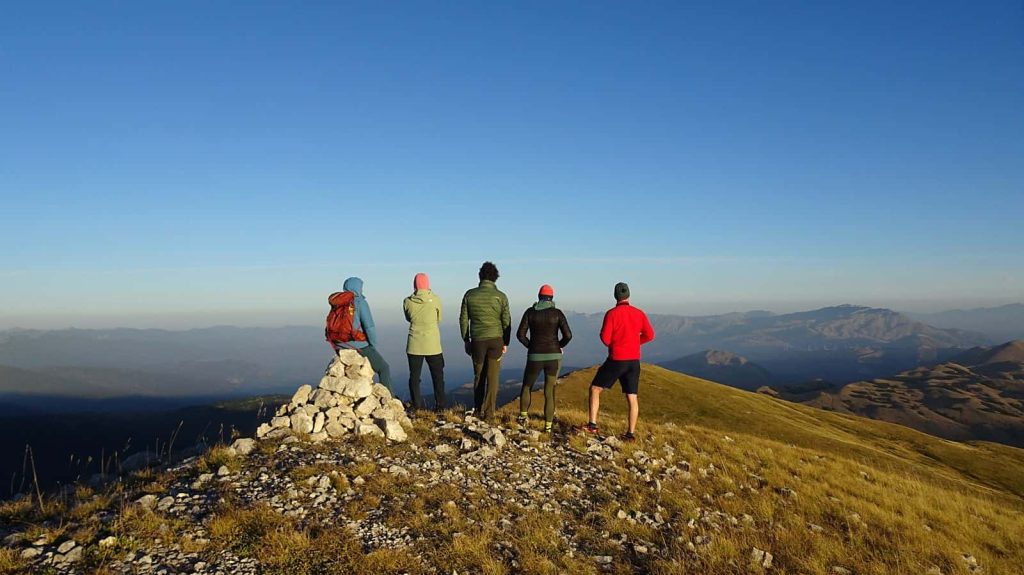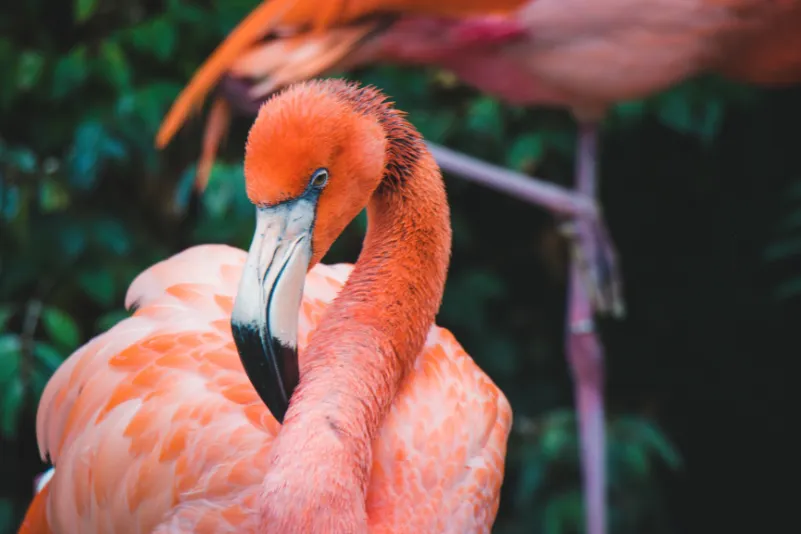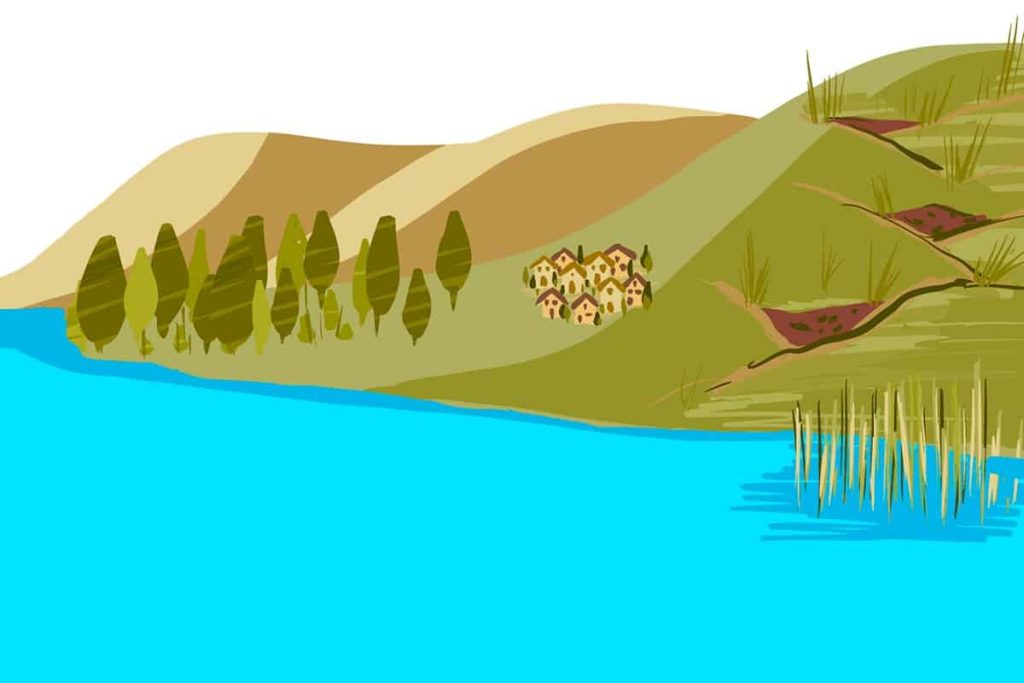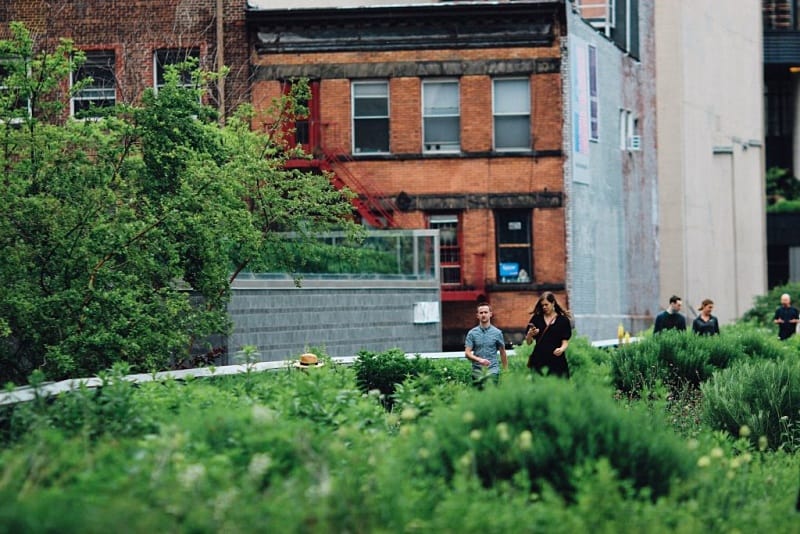Gardening for wildlife
One of the most intriguing aspects of gardening nowadays is gardening for wildlife. Andy McIndoe, the Chelsea Flower Show Gold record holder, partnered with the Royal Horticultural Society to show you how to design a lovely garden that draws mammals, bees, insects, and other pollinators like birds. Learn how to rewild your garden!About this course
Rewilding your garden doesn’t mean you have to transform it into a wilderness. It is feasible to establish a haven for animals and still have an attractive, appealing garden. And there’s no need for advanced knowledge of planting and upkeep.
You will discover in detail all you need to know about how planting and maintaining trees, shrubs, perennials, bulbs, annuals, and grasses can benefit insects, birds and small mammals. We will also cover how to maintain a steady supply of food, habitats, and breeding grounds for wildlife. But you will also learn whether wildlife dwells in or thrives just by visiting your rewilding garden project.
Wildlife plant specialists from the Royal Horticultural Society, together with Andy McIndoe, were involved in the design and approval of this course.
Contributing Experts: Helen Bostock, RHS Senior Horticultural Advisor, Dr. Andy Salisbury, RHS Senior Entomologist, and World-renowned wildlife photographer David Tipling.
What you’ll learn
Partnered with the RHS, Andy McIndoe, a Chelsea Flower Show Gold record holder, guides you in creating a wildlife-friendly garden. Learn to attract birds, bees, insects, and more while respecting the environment, get personalized feedback with the Expert option, and master wildlife garden design for all types of spaces. Discover which plants to choose, provide food and shelter, and craft wildlife habitats with expert-backed insights.
You’ll learn:
- how to combine a garden you love with a wildlife-friendly garden
- trees, plants and shrubs to choose to attract and nurture birds, animals and insects
- adapting garden habitats – from ponds to lawns for wildlife
- the importance of pollinators in your garden
Course partners

Course outline
1. Introduction to the wildlife friendly garden
In this lesson you will learn how to make your garden wildlife friendly, but still have the garden you want. We will cover the importance of pollinators and think about the continuity of nectar and pollen supply. We will discuss whether you have to go native or whether garden varieties attract wildlife? You will also learn about the difference between making your garden a food source for wildlife versus a habitat. In this lesson we cover an Introduction to meadows, prairies, lawns and ponds. And also consider whether you can discourage undesirable wildlife.
2. Trees and Shrubs to attract wildlife
This lecture is deliciously dense in recommendations for trees and shrubs to plant. It’s worth asking Andy lots of questions wherever you are gardening in the world, so he can discuss recommendations for your region. Trees and shrubs are the structure plants of the garden and in the wildlife friendly garden they have many roles: as habitats, places to land, roost and shelter and of course as food sources both in terms of their flowers and fruit. If you only have a small garden please don’t think that you cannot accommodate any of these. Many nectar rich and fruit bearing shrubs can be grown in pots and containers and you might even find space for a small tree.
3. Nectar, Pollen and Seeds to Attract Birds, Bees, Insects & Pollinators
This week we are going to talk about perennials, annuals and flowerbulbs. These are the plants that will fit into any garden, however small and they are subjects that you can easily add to make your garden more attractive to wildlife. We are trying to achieve a continuity of nectar supply to make our gardens attractive for as long as possible as a destination for bees, other pollinating insects and butterflies to come and feed. This is where this group of plants excels. From the earliest flowerbulbs to the last of the grasses and perennials you should have plants performing for pollinators for at least nine months of the year.
4. Garden Habitats
In this lesson you will learn about the benefit of creating habitats – ponds, insect houses and lodges, nesting boxes, climbers and grasses. This lecture is very rich with suggestions for what to plant in a water garden, and the secrets of success with a garden pond. The lecture also goes on to cover the benefits of insect houses, trellises and other forms of habitat creation for wildlife.
Requirements
There are no specific prerequisites, but following the Urban Rewilding course can help you better understand why gardening for wildlife is so valuable for ecosystems.

